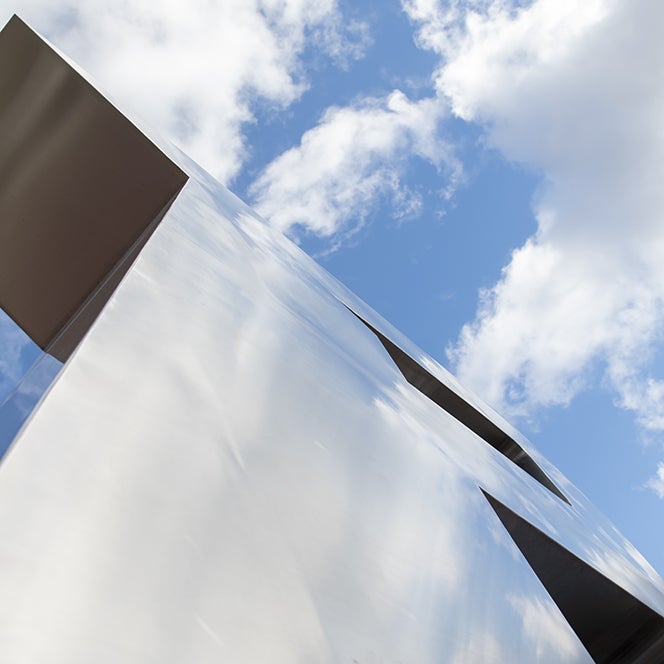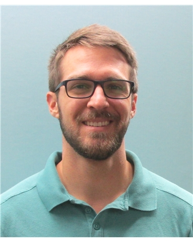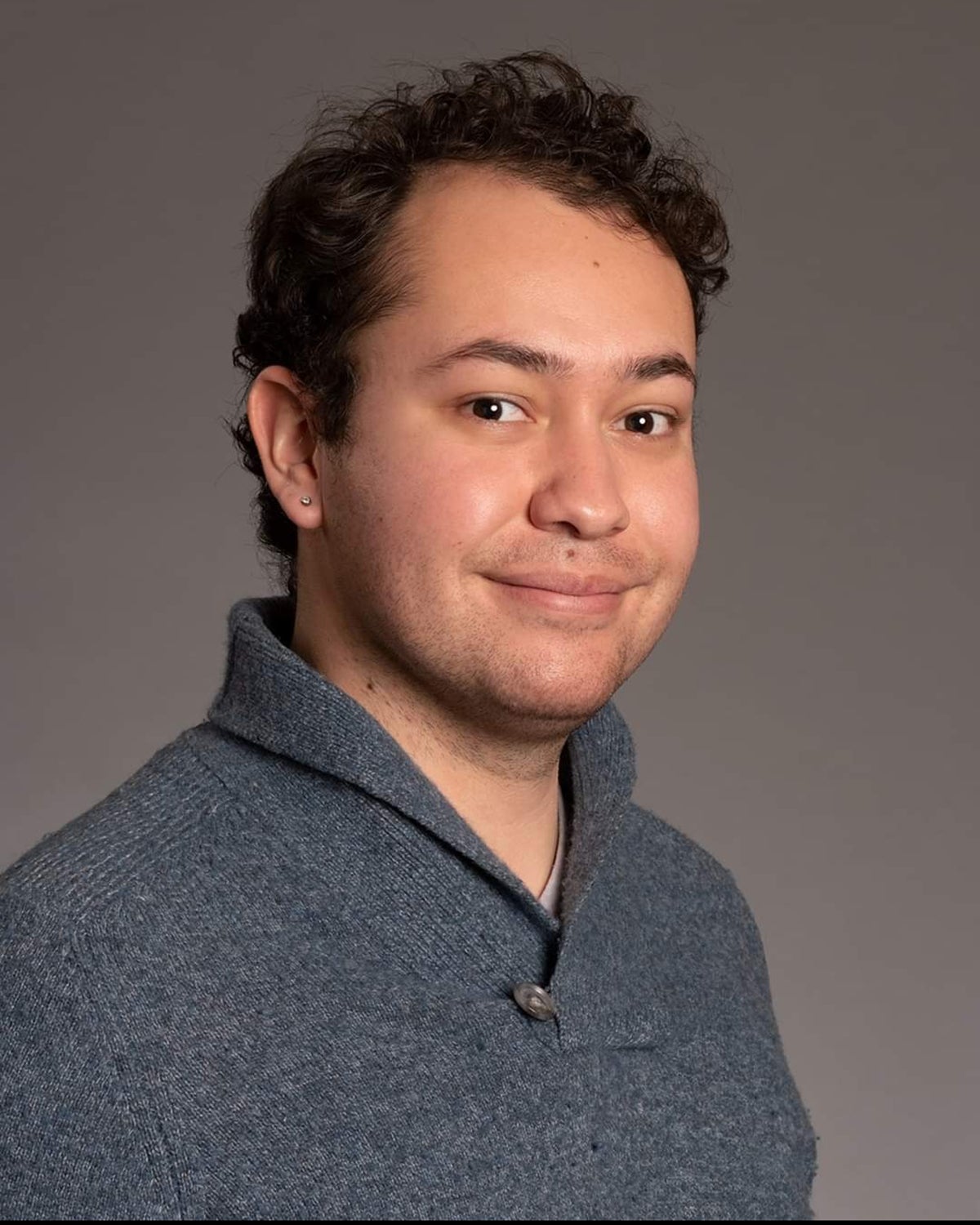
Boise State College of Engineering researchers Kevin Vallejo and Corey Efaw received Russell L. Heath Distinguished Postdoctoral appointments from the Idaho National Laboratory. These appointments are awarded to outstanding early-career scientists and engineers with an interest in advancing the fields of nuclear energy, critical infrastructure protection, and clean energy deployment.
These appointments are highly competitive and provide two years of support for early career researchers to develop and lead a novel research project.
“On behalf of the College of Engineering, congratulations to these stellar researchers, and we appreciate the continued support from the Idaho National Laboratory to advance research in these fields,” said Dean of the College of Engineering JoAnn Lighty.
Meet Boise State’s Awarded Postdocs
Corey Efaw – Improving Stability of Next-Generation Batteries

Efaw’s award-winning postdoctoral research proposal will enable him to take elements of his prior materials science research with Boise State professor Mike Hurley and branch into a new topic of study: lithium metal batteries.
“As we try to electrify our grid, our vehicle fleets, and basically society, we’re trying to get away from a reliability on gas, oil, and coal, and have these cleaner energy technologies,” explained Efaw. “Batteries are like the glue to the clean energy revolution. When the sun isn’t shining, and wind is not blowing, we need to store the energy we already have, and then distribute it in some ways: that’s where the battery comes into play.”
The Boise State double alum (BS, Mechanical Engineering, ‘15) (PhD, Materials Science and Engineering, ‘21) is determined to use this appointment to explore aspects of improving the stability of lithium metal batteries. For example, Efaw will be studying how replacing liquid electrolytes with solids in batteries might impact the way in which the lithium interfaces, which may reduce the volatile properties of the metal.
“Lithium-ion batteries are the staple to current battery technologies,” said Efaw. “About 50 to 60 years ago, initial next-generation battery research was in lithium metal, but there’s a lot of instability with it. It’s very ‘energetic’ and it’s more willing to have ‘explosive type’ properties, so there’s a lot of risk with lithium metal.”
While completing the two-year appointment, Efaw will also be teaching as an adjunct at Boise State, in addition to attending the Department of Energy-funded Innovation Corps. Efaw is from Boise.
When asked about how conducting research has impacted him, Efaw said, “I’ve found an appreciation for continuously pursuing education, in whatever way it is.”
Efaw also credits research experiences with gaining a deeper perspective of how scientific concepts can be applied in the real world. “I’m starting to really understand ‘what does this actually mean in terms of the application we’re putting this towards’? ‘How is this going to change the world?’ That’s something I’ve really learned to grasp a lot better with research.”
Kevin Vallejo – Advancing Knowledge of Nuclear Materials

With the Russell L. Heath Distinguished Postdoctoral appointment, Vallejo will take his graduate research experiences to new levels. As a researcher in the Collaboratory for Epitaxy of Nanomaterials at Boise State, Vallejo used a process called molecular beam epitaxy to create atom-thick layers of elements and grow semiconductor crystals.
At INL, he will continue using this method to acquire a greater understanding of nuclear materials.
“We pretty much ‘spray paint’ the atoms to have atomic control of the layers that we deposit,” explained Vallejo. “We want to bridge that expertise to the nuclear field research and study the materials that are used for nuclear fields, such as uranium nitride.
By using molecular beam epitaxy to create thin films of nuclear materials, Vallejo will unlock the hidden, atomic level world of the nuclear fuel source and shed light on the material’s pure, nanolevel state. This is important because the Lab will then be able to provide computer models of thin, pure nuclear materials to the US Nuclear Regulatory Commission, which ultimately authorizes the use of nuclear materials.
Vallejo’s research may also be translatable to developing thin films of materials, such as uranium telluride, for quantum computing applications.
“What excites me the most is that with the expertise that I got here at Boise State, I’ll be able to help with clean energy research,” said Vallejo.
Vallejo will graduate in December 2021 with a doctorate in material science and engineering. In 2020, he was also awarded the National Nuclear Security Administration (NNSA) Graduate Fellowship. Vallejo is originally from El Paso, Texas, and grew up in Ciudad Juárez, México. He completed his bachelor’s degree in physics at The University of Texas at El Paso with minors in mathematics and philosophy.
INL is a U.S. Department of Energy (DOE) national laboratory that performs work in each of DOE’s strategic goal areas: energy, national security, science and environment. INL is the nation’s center for nuclear energy research and development. Day-to-day management and operation of the laboratory is the responsibility of Battelle Energy Alliance.
-By Brianne Phillips